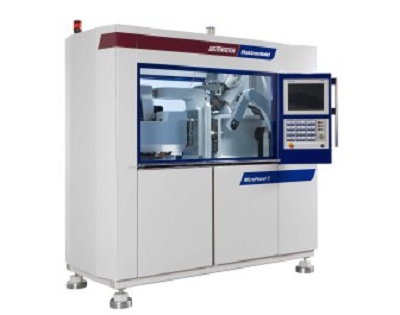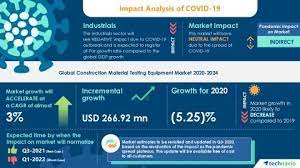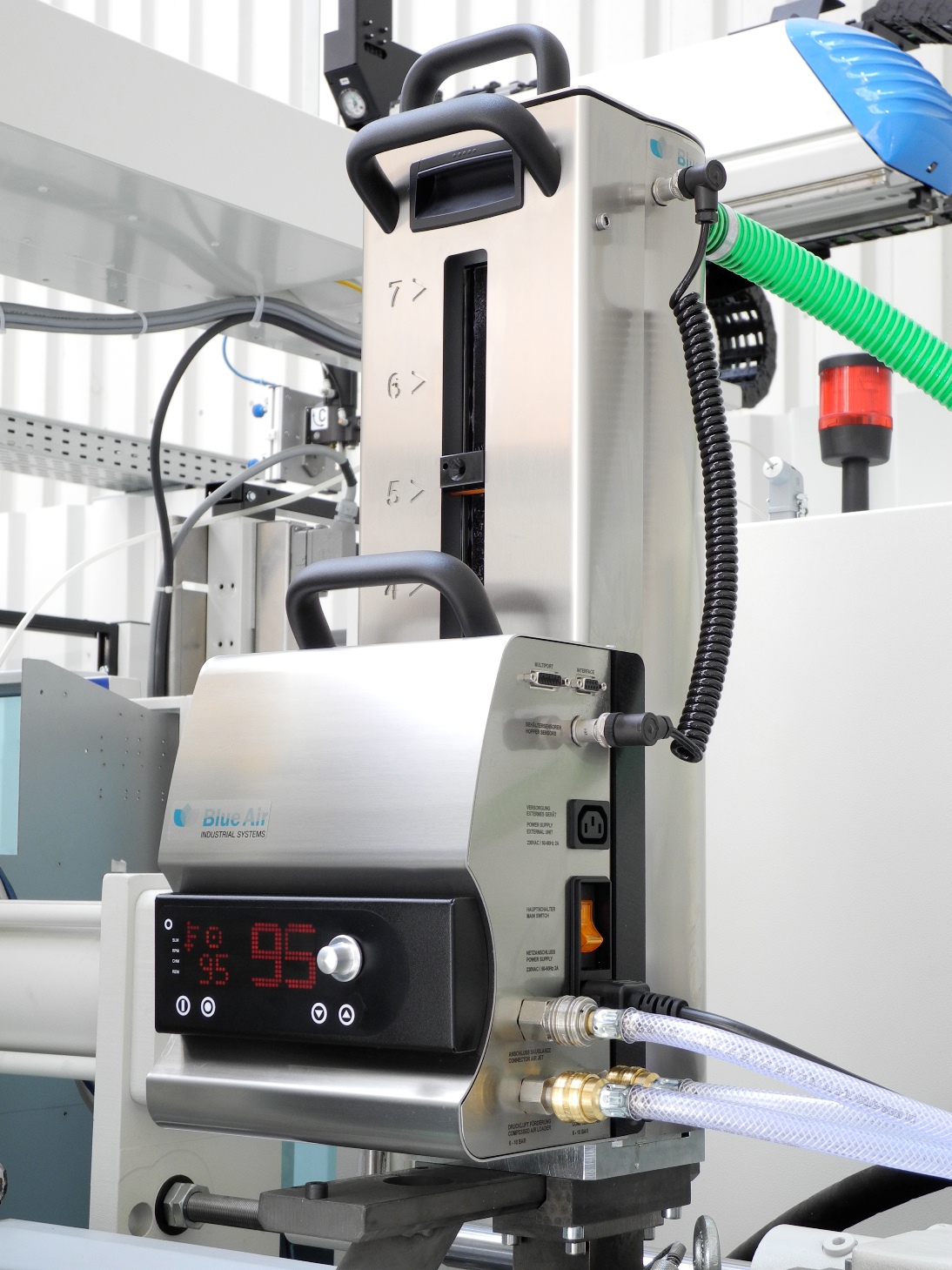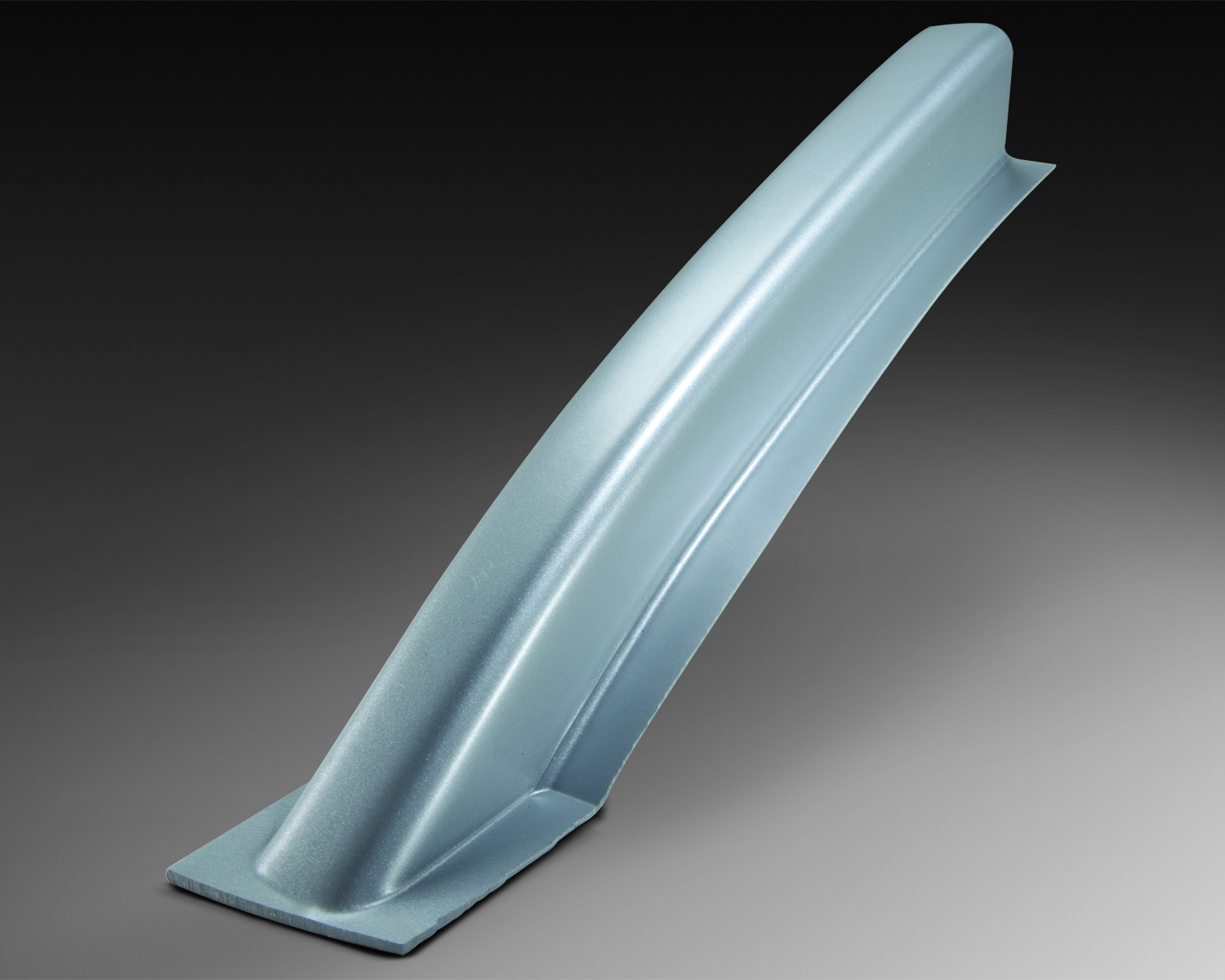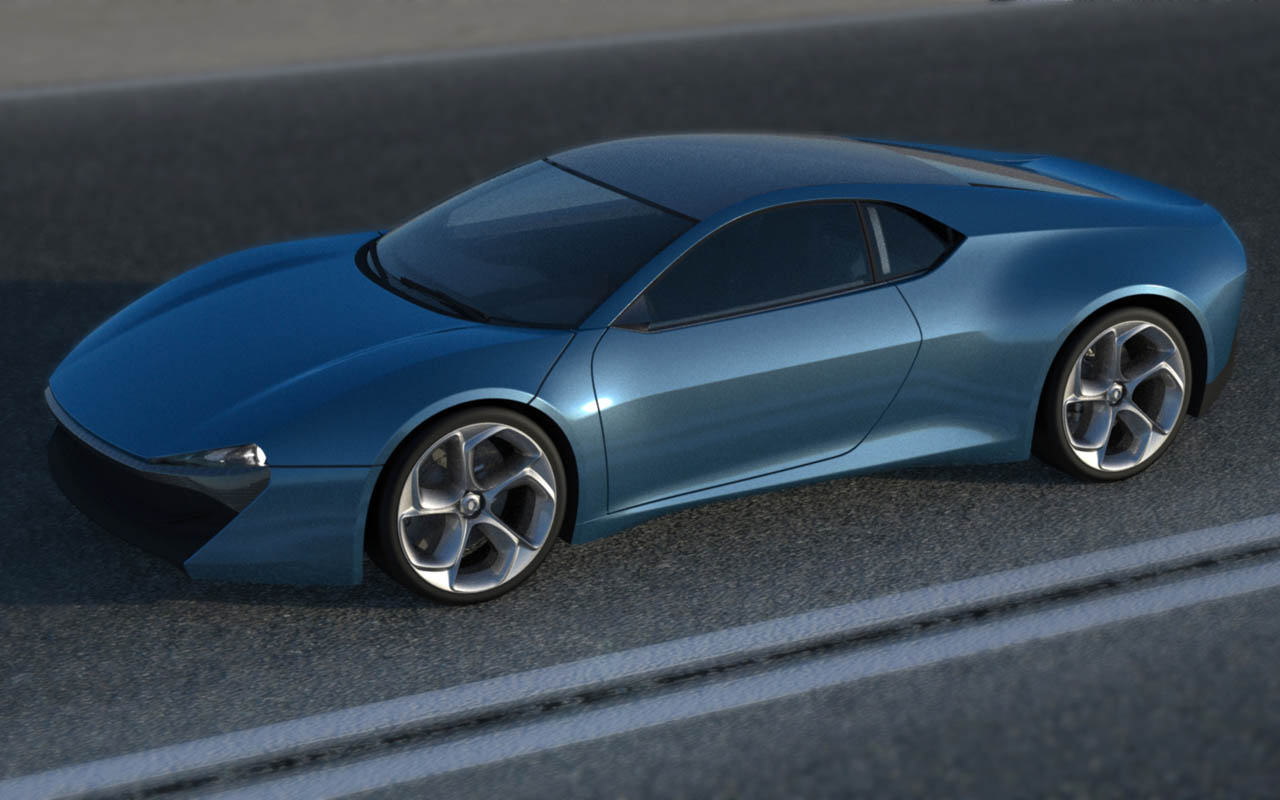 The White House and the major automakers are on the verge of a deal that would raise the
The White House and the major automakers are on the verge of a deal that would raise the
average fuel efficiency for cars and light trucks to 54.5 miles per gallon by 2025, according to the Washington Post.
It’s a definite jump. Right now, the fleet average mileage for new cars coming off the line is 28.3 MPG and will have to jump to 34.1 MPG by 2016. The White House had been shooting for an upper limit of 62 MPG by 2025 while the lower limit had been touted at around 42 MPG. Thus, the compromise figure of 54.5 MPG is toward the middle with a nudge to the high side.
So what will automakers do to get there?
1. Diesel. Diesel engines generally get better mileage than their gas counterparts and auto manufacturers have managed to cut down the particulate matter, SOx and NOx, that gave diesel a bad name in the ’70s, ’80s and ’90s. Nearly half of all U.S. gas stations have diesel now too, Audi execs tell us. Both Audi and Volkswagen have seen tremendous pickup in diesel sales.
General Motors last week announced it would bring out a Chevy Cruze that gets 50 miles per gallon in 2013. Ford has diesel cars in Europe that can compete with that: the company might now be encouraged to bring them to the States. Volvo has a diesel hybrid coming. And think of all of the pickup trucks, those money spinners for U.S. automakers, that could go diesel.
2. Electrics and Plug-in Hybrids. ‘Duh’ is the word you are looking for. Consumers are still waiting in line to get Nissan Leafs and the Chevy Volt from GM. A Russian oligarch just rescued Think, the electric car maker from Norway, out of bankruptcy. Toyota, Ford, Volkswagen, Honda and other manufacturers all have electrics coming. Demand seems quite strong. The question is really what percentage of the overall car market electrics and plug-in hybrids will occupy. Renault-Nissan CEO Carlos Ghosn has said electrics will constitute 10 percent of industry shipments by 2020 — 85 million cars will be sold and 8.5 million will be electric, he claims.
Tesla Motors CEO Elon Musk has said electrics could account for 12 percent or so of vehicle sales by 2020. Both Ghosn and Musk are advocates. Cynics put the figure in single digits. Cynics also warn of evaporating incentives. And range anxiety is real: just ask these stranded Nissan drivers.
Personal view: 10 percent seems very possible. Battery prices, the big sticking point, are declining. Many automakers also see it as a way to gain market share. Nissan transformed itself from a listing laggard in Japan to a technology leader. Mitsubishi, which comes out with the all-electric “i” for the U.S. in a few months, will sell it for $28,000. That’s less than the Leaf. By 2018, Mitsubishi will have eight EVs on the market.
Perhaps more importantly, EVs are fun to drive. After you test drive one, you want one. They can be impractical, but so can SUVs and look how well they sold.
3. Regular Hybrids. Ford execs predict that 10 percent to 25 percent of their cars will be electrics, plug-ins or hybrids by 2020. But the vast majority will be regular hybrids.
4. Stop-Start. Also called microhybrids, these cars are like regular hybrids but they have very small electric motors that engage mostly to allow a car to get started quickly. With a micro, a gas engine can go to sleep at an intersection. General Motors recently announced a 2012 Buick LaCrosse that will come with its micro technology, which it calls eAssist. It will get 37 MPG on the highway. Yes, below the 2025 standard, but it’s a start and will certainly help the fleet average coming from a particular manufacturer.
A microhybrid system can improve gas mileage by 6 percent to 10 percent, Dan Squiller, CEO of battery maker PowerGenix told us last year.
5. Waste Heat. We love waste here. It’s America’s untapped source of power. Approximately 50 percent of the energy purchased gets lost as waste heat, according to UC Berkeley. Engines are particularly attractive sources for waste heat: some estimate that 85 percent of the energy injected into engines gets wasted.
That heat can be captured, compressed and then exploited to run the air conditioning system. Panasonic has developed a waste heat AC system for cars: it is derived from a household AC unit. (See award-winning video here.) Tempronics, Phononic Devices and Alphabet Energy are also working on devices for converting waste heat into electricity. (Tempronics — like tempura with electronics — is particularly focused on cooling, as well.)
6. New Engines. Pinnacle Engines is working on an opposed-piston gas engine, while EcoMotors and Achates Power have opposed-piston diesels. Pinnacle says it can improve fuel consumption by 25 percent to 50 percent.
Opposed piston engines were used in aircraft in WW II, but have been refined and retrofitted now for cars. These engines also require fewer raw materials like steel.
So far, these companies have yet to penetrate major auto makers. The big names don’t like to license outside technology and all three are licensing firms. Pinnacle and EcoMotors are working with companies in Asia, while Achates is targeting heavy truck makers. Still, with these new deadlines, the big automakers may begin to reach out. In any event, the technology may appear in the U.S. through another route: China. BYD, among other Asian manufacturers, hopes to expand to the U.S.
Expect also to see new, improved engines from the established players. Ford is expanding the number of models of cars it makes that will come with its touted EcoBoost engines. GM and Toyota have worked on HCCI engines for years. (Include Transonic Combustion in the startups-with-mileage-tech-to-license category.)
7. Plastics and Carbon. Weight. It’s the third fuel. If you drop weight, mileage goes up. Aptera has struggled to bring a three-wheeled electric car to market. But one of the more impressive aspects of the car is the body. It is made from a durable, lightweight honeycombed material that is six times stronger than steel. CEO Paul Wilbur will give you $100 if you can dent it or scratch it. I couldn’t.
Bright Automotive, a startup that spun out of the Rocky Mountain Institute, is working on light delivery trucks. GM is an investor. Non-metallic bodies can also be curved for great aerodynamics.
8. Hemp. Yes, George Washington grew it, but nearly every automaker is tinkering with ways to replace traditional car materials — aluminum, rubber, etc. — with sustainable ones like old plastic and hemp. Some of these should weigh less. Many of these materials should come to market quicker than new materials in auto bodies — Ford and others already exploit soy and other renewables — because they often don’t have to serve a structural or safety purpose.
9. Wacky Transmissions. Fallbrook Technologies pulled its IPO earlier this year, but the invention, the NuVinci, is still intriguing: a highly variable transmission that relies on balls instead of gears. The company claims it can improve mileage by 12 percent to 15 percent. (See photo.)
10. Hydrogen. Honda and other automakers keep pushing out the deadline for hydrogen cars, and for good reason. Hydrogen is dirty to make, you can’t transport it easily and the cars cost a ton of money. But hydrogen cars are incredible to drive — better than other all-electrics — and Honda and Mercedes continue to research the concept. Maybe by 2025? Class, discuss.
Source : www.greentechmedia.com


